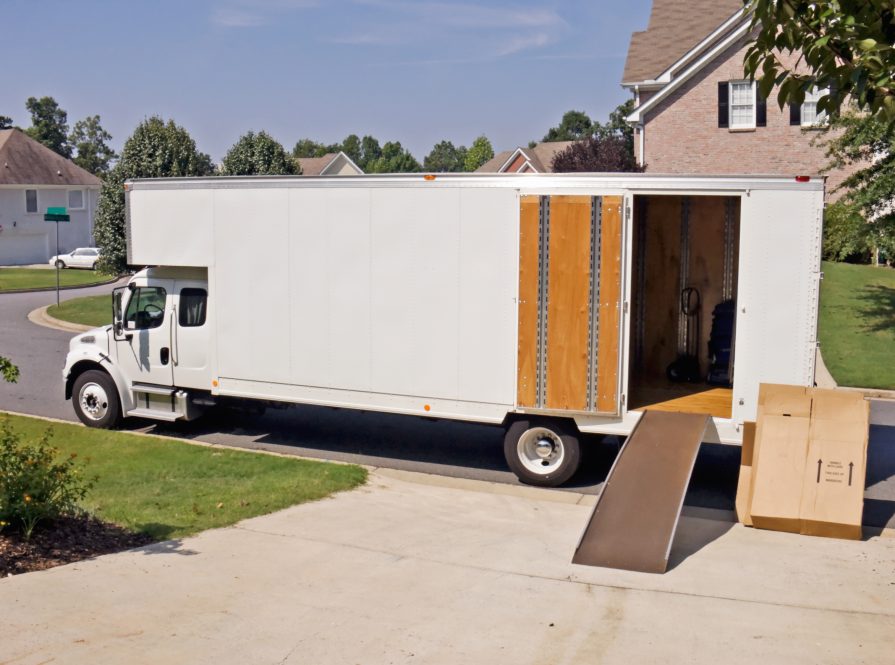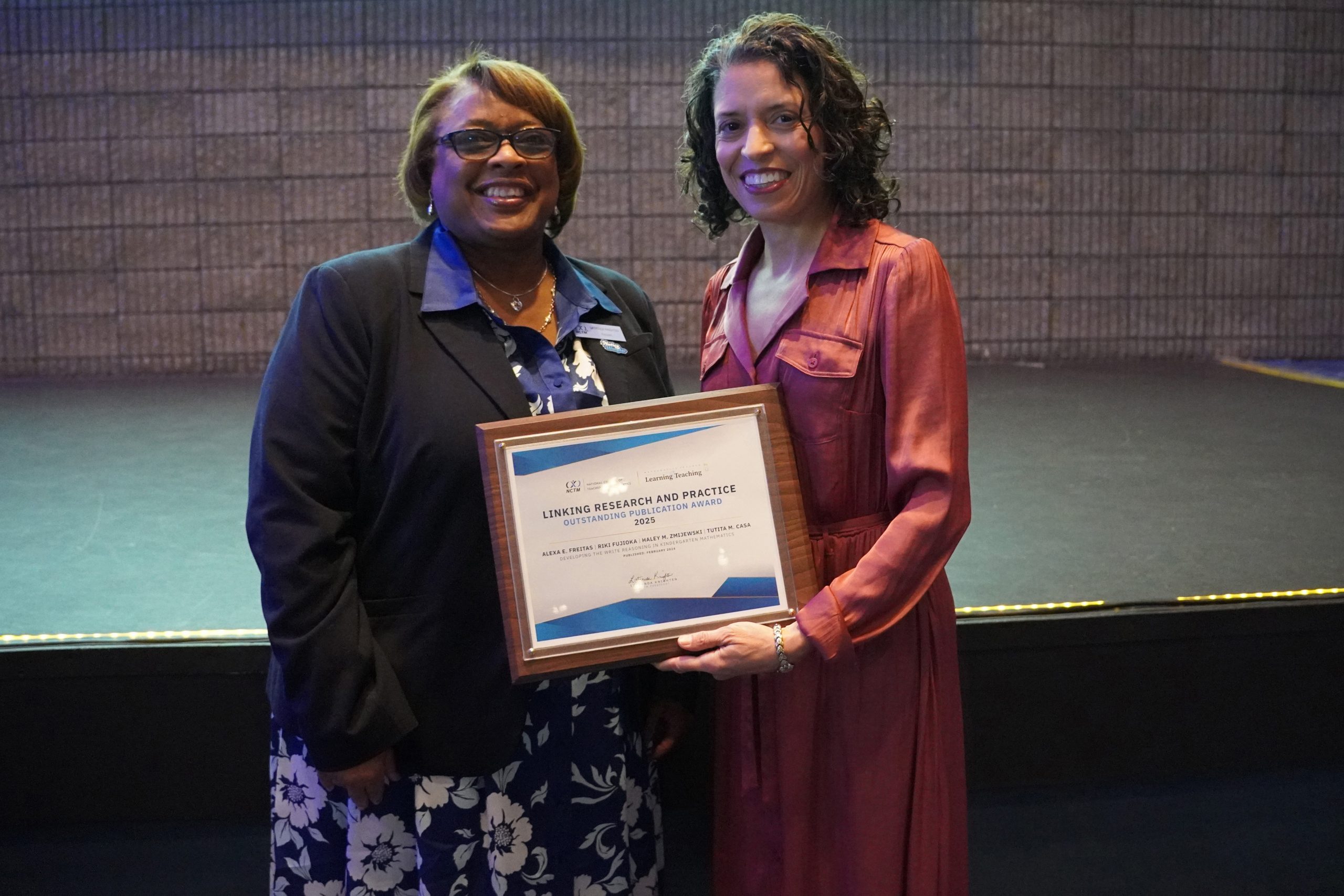Families hosting weddings near Baton Rouge, Louisiana, have 156 florists from which to choose, according to online registry The Knot.
At each of those businesses, at least one employee who works a minimum of 32 hours a week must be licensed by the state as a retail florist, someone allowed to arrange and sell floral designs. It’s the only state in the country that requires such a credential, which includes an exam fee of $114 and a license fee of $100.
Policymakers nationwide have argued the cost of professional licensing – in this case about $275, including a $60 textbook – and the time investment to obtain such certification are a barrier to interstate migration, or moving from state to state.
But a new study from Thomas J. Cooke, professor emeritus in UConn’s geography department, argues the process of obtaining professional licensing elsewhere isn’t keeping moving vans from rolling across state lines from Pennsylvania to North Carolina. Simply put, people weigh other factors like family and amenities more heavily when considering a switch from being a Michigan Wolverine to a Georgia Peach.
“What I wanted to get across in this paper wasn’t just that I found no evidence of licensing affecting interstate migration, but also that the body of research that backs this conclusion is weak,” he says. “It’s an argument that makes sense – and to tell you the truth, I was really surprised that we found no effect – but the evidence in support of a connection just isn’t that good.”
‘Migration is a complex thing’
Cooke’s study, “Occupational Licensing and Interstate Migration in the United States,” which was written with colleagues from the University of Washington and Dartmouth College and published in August in the U.S. Bureau of Labor Statistics’ Monthly Labor Review, looked at data from 2014-16 during which only 1.5% of the U.S. population moved between state lines in each year.
Using gravity models to make conclusions, the study seeks to answer one fundamental question: Is high licensing preventing people from moving into certain states? But, of course, finding the answer wasn’t simple.
“It has a lot to do with where a state is located,” Cooke says. “If a state has high licensing but it’s North Dakota, for instance, not a lot of people are moving there anyway because of where it’s located and the fact there’s not a lot of population there. At first, you might think that people aren’t moving there because there’s a lot of licensing, but it might just be the fact that it’s North Dakota. You have to take that into account along with other economic and demographic factors so you don’t reach a conclusion that’s wrong.”
Nutmeggers are known for talk about fleeing Connecticut to a state with warmer weather and a lower cost of living. A 2014 Gallup poll predicted a mass exodus, with 49% of adult residents indicating they would move elsewhere if they could.
Cooke concedes that might be higher than the average 20% to 30% of adults who say they want to leave their home state – but it’s far less than the 2% who annually carry out their plans.
“It’s interesting that people talk about moving and it is so much a part of their thought process, but in the end, they don’t move,” he says. “Migration is a complex thing. There’s so much talk and thought given to moving or staying, but a lot of time people boil it down to one or two issues.”
Like taxes.
“There’s always this idea that people are leaving the state because taxes are so high in Connecticut,” Cooke says. “There’s no empirical evidence this happens, especially among the wealthiest. People who move to Florida because it doesn’t have a state income tax are going to pay all sorts of other taxes. There’s no connection between migration and taxes. State tax rates are between zero and 8% from state to state, small changes in that rate have no effect on moving.”
Remote work unlikely to dramatically increase interstate moves
The interstate migration rate in 1991 was 3.1%, Cooke says. In 2021, 30 years later, that rate decreased to 1.4% during a time when the common thought is that the United States is a mobile country in which people move regularly.
But only a small number do, and researchers don’t know exactly why. Cooke speculates that years of improving communication technologies – all of which gave eventual rise to the ability to telecommute – might be an answer.
True, being able to work from any location would cause a slight increase in moving, a temporary sorting out of people resettling where they’re most comfortable, he acknowledges.
“Once that person is living where they think is ideal, then why would they move,” Cooke asks. “Now that they’re in that ideal location, they’re even more likely to become rooted. The opposite is true, too. When people who really like where they’re living lose their jobs, not as many of them move in order to get another one. They stay living where they have family, friends, community, attachment to place.”
He continues, “Remote work actually contributes to a decline in migration rates. If you look at 2021 interstate migration rates in the United States, it actually went down a little bit when compared to 2020.”
While the matter of professional licensing plays such a small role in the decision to move, Cooke argues, its effect is insignificant.
Take, for example, the floral profession. If there are 1,000 florists in Connecticut and 2% are moving in any given year, that would be 20 people. How many of those 20 are considering Louisiana as a destination? If there are a few – maybe they want to be near children or grandchildren, or want warm winters, or like the idea of living in Natchitoches Parish instead of one of eight Connecticut counties – then will they decide against it because of the need to obtain a license there?
“You start thinking this through, the idea that licensing curbs the desire to move, and it becomes illogical,” Cooke says.
No matter where you live: licensing
The last three presidential administrations have highlighted the need to reduce the burden of professional licensing to promote movement among the states. Per a July 2021 executive order from President Joe Biden, the U.S. Treasury Department issued a review this year of competition in the labor market.
In it, the argument for weakened licensing includes reducing the cost burden for those entering a career field, enabling a better interstate flow of workers, and eliminating exams that might have a bias toward people of color and unintentionally exclude them from professions.
“The other side says licensing is important for occupational safety and consumer health,” Cooke says. “Licensing may have a lot of benefits. Just as unionization has gone down, licensing has gone up; they’re in lock step. Licensing is one way for low-wage workers to get some more security. There might be a barrier to entry, but that’s to protect their jobs.”
In Connecticut, licenses are required for architects and accountants, home contractors and hypnotists, landscape architects and locksmiths, sheet metal workers and swimming pool repairers, among others.
Many high-wage occupations already have reciprocal licensing agreements, like the universal bar exam for attorneys, to alleviate the pressure of state-to-state licensing, Cooke says. Besides, “attorneys are loathe to move anyway. Their migration rate is low because being an attorney is a highly localized occupation. You have a network, you have a community that you work with, you develop a local practice.”
The same goes for dentists, pediatricians, and real estate agents.
“The idea of licensing restricting migration is not going to explain the decline in overall migration. It’s just one of these little pieces that people are inflating,” Cooke says. “It’s a nice talking point for a bigger agenda.”



